Aussiedoodle
The Aussiedoodle is a unique and charming hybrid breed that combines the intelligence and loyalty of the Poodle with the energy and affectionate nature of the Australian Shepherd.

Standard – Poodle
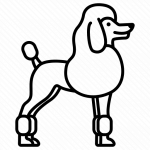

Australian Shepherd
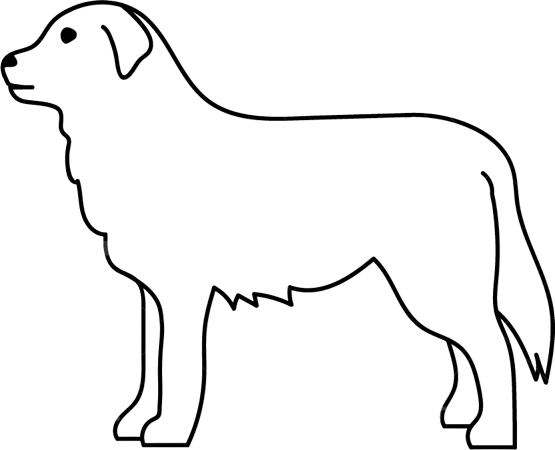


Breed Overview
- Aussiedoodles are highly intelligent and can be trained to perform a variety of tasks.
- They typically have an outgoing personalities, making them great companions for children and adults alike.
- Aussiedoodles possess a double coat that is usually medium in length.
- They require regular brushing to maintain the health of their coat.
- Aussiedoodles are relatively low-shedding dogs, so they’re a great choice for allergy sufferers or those looking for an easier clean-up routine.

Lifespan:
12-14 years
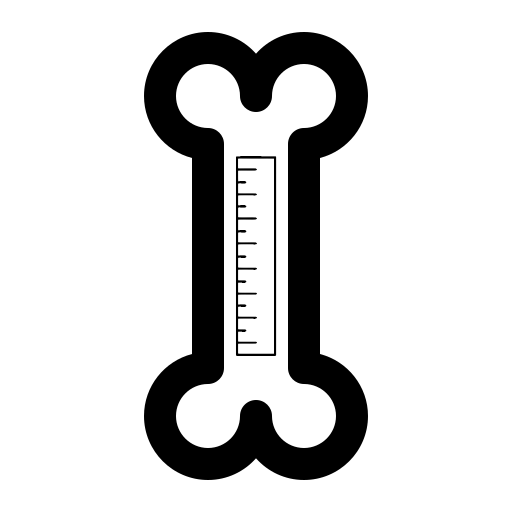
Height:
10-25 inches

Weight:
15-50 pounds
Adaptability:

environment:

Owner Experience:

Weather Tolerance:
Health:

Common Issues:

Teeth care:

Shedding:
Behavior:
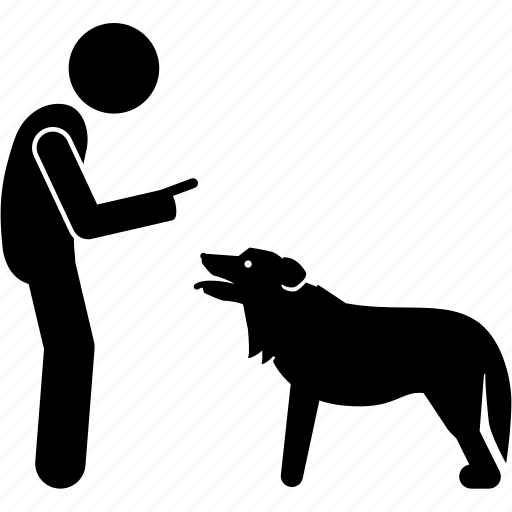
Trainability

Pet Friendly:
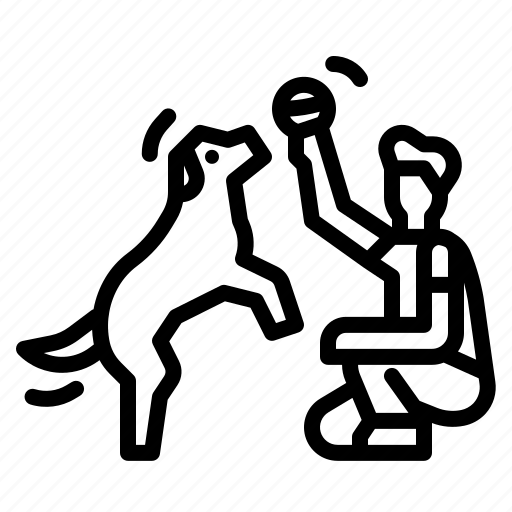
Activity Level:
Coat:

Density:

Length:

Type:
Curly or wavy Double coat.
Grooming:

Bathing:
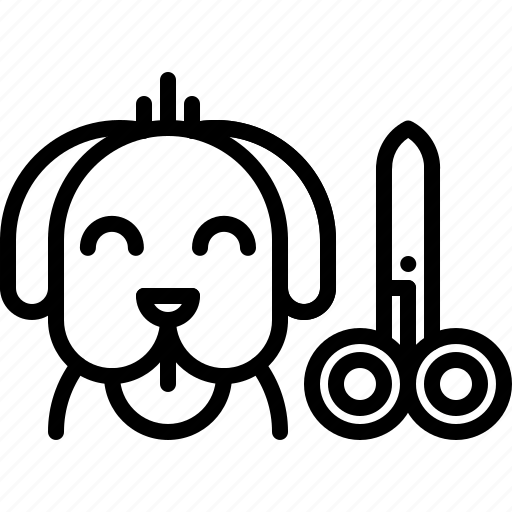
Haircut:

Brushing:
Colors Possibilities:

Eyes:

Nose:

Coat:
- Aussiedoodles are highly intelligent, so they can be trained relatively easily.
- Start their training as early as possible to ensure that they learn the proper behaviors and skills needed to be successful.
- Positive reinforcement is key in Aussiedoodle training – rewards such as treats or praise should always be given when your pup does something right!
- Consistency is also important in Aussiedoodle training – try to stick with one method of training rather than changing it up frequently.
- Socialization is also essential for Aussiedoodles, so don’t forget to introduce them to other animals and people in a controlled setting from an early age.
- Aussiedoodles are generally considered to be a healthy breed, but they can be prone to certain genetic health issues such as hip dysplasia, eye problems, and epilepsy.
- It’s important to take your pup for regular check-ups at the vet in order to catch any potential health problems early on.
- Aussiedoodles require regular exercise and mental stimulation in order to stay healthy – try activities such as agility training or swimming!
- They should also follow a balanced diet with quality dog food and plenty of fresh water available at all times.
- Grooming is also essential for Aussiedoodles – brush them regularly (at least twice a week) to help keep their coat healthy and free of knots.
- Aussiedoodles require a balanced diet made up of proteins, carbohydrates, and healthy fats to help keep them in peak condition.
- Look for premium quality dog food that is specifically formulated for their breed size and life stage – puppy, adult, or senior.
- Avoid foods with high sugar content as this can lead to weight gain and other health issues.
- It’s also important to provide your pup with plenty of fresh water throughout the day in order to stay hydrated.
- You may want to consider adding supplements such as omega-3 fatty acids into your diet in order to promote overall health and well-being.
